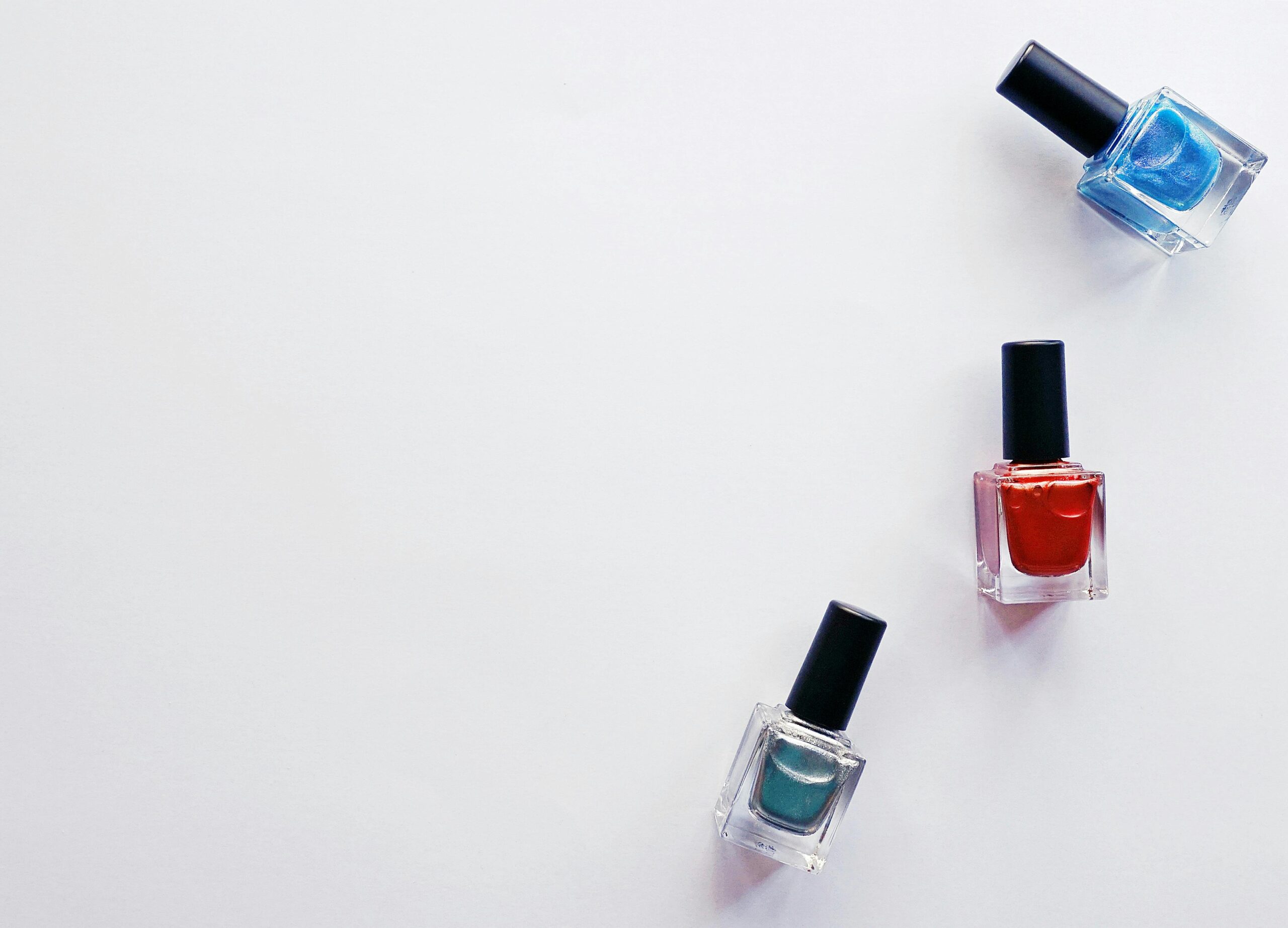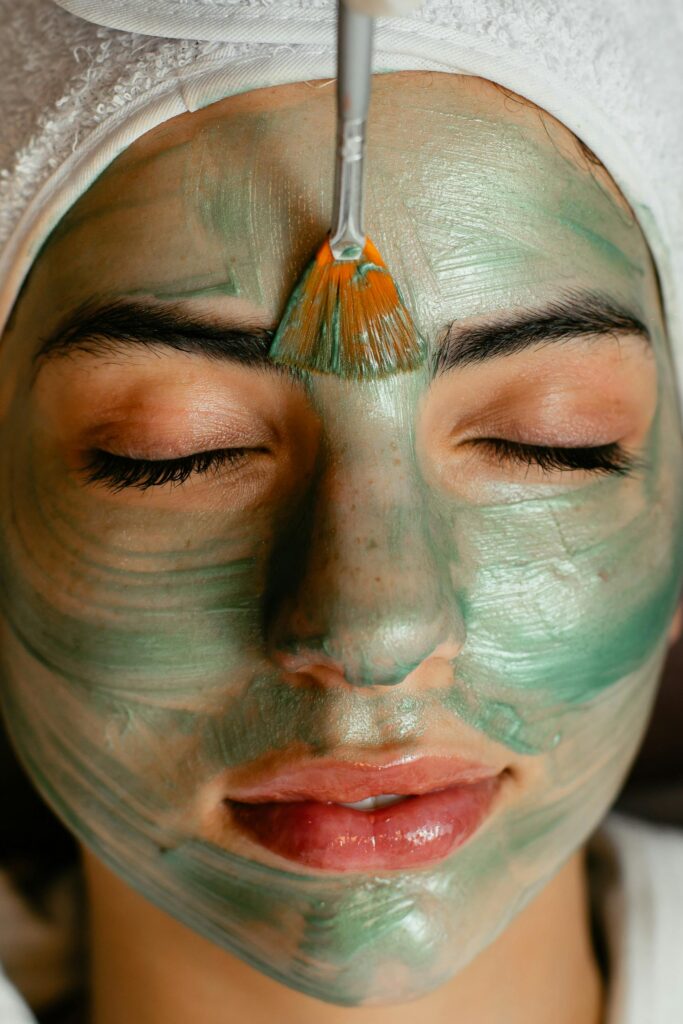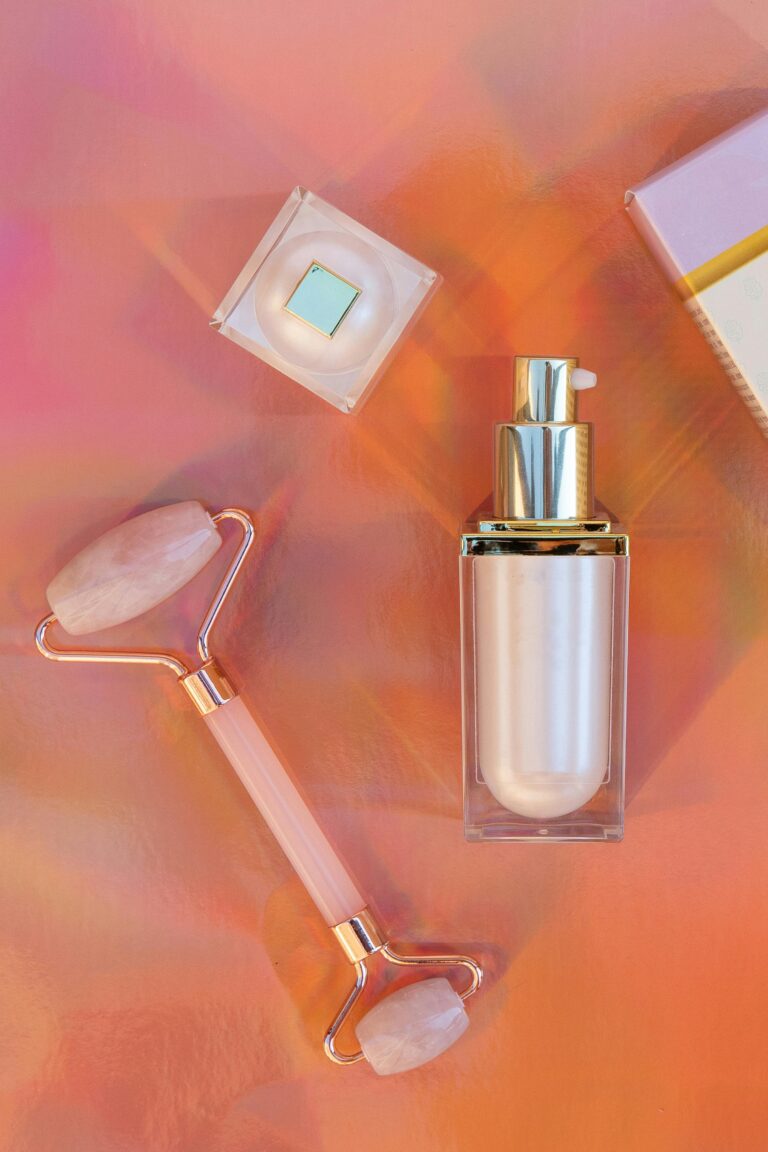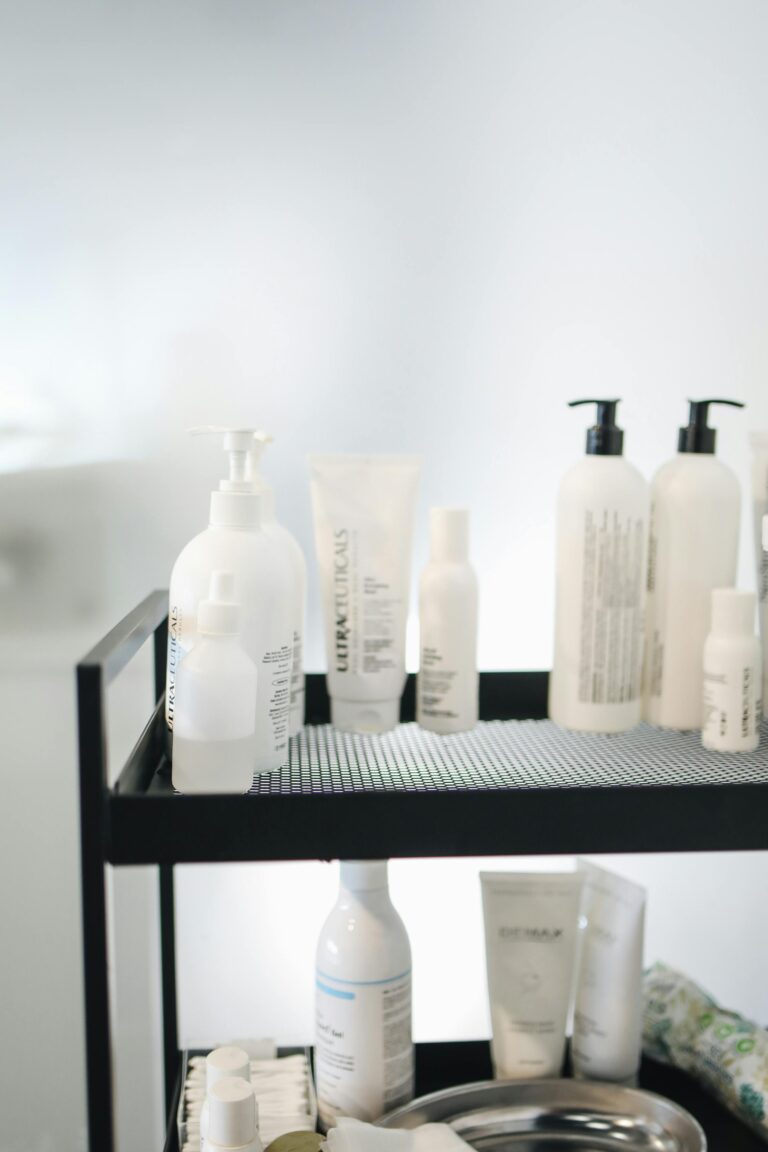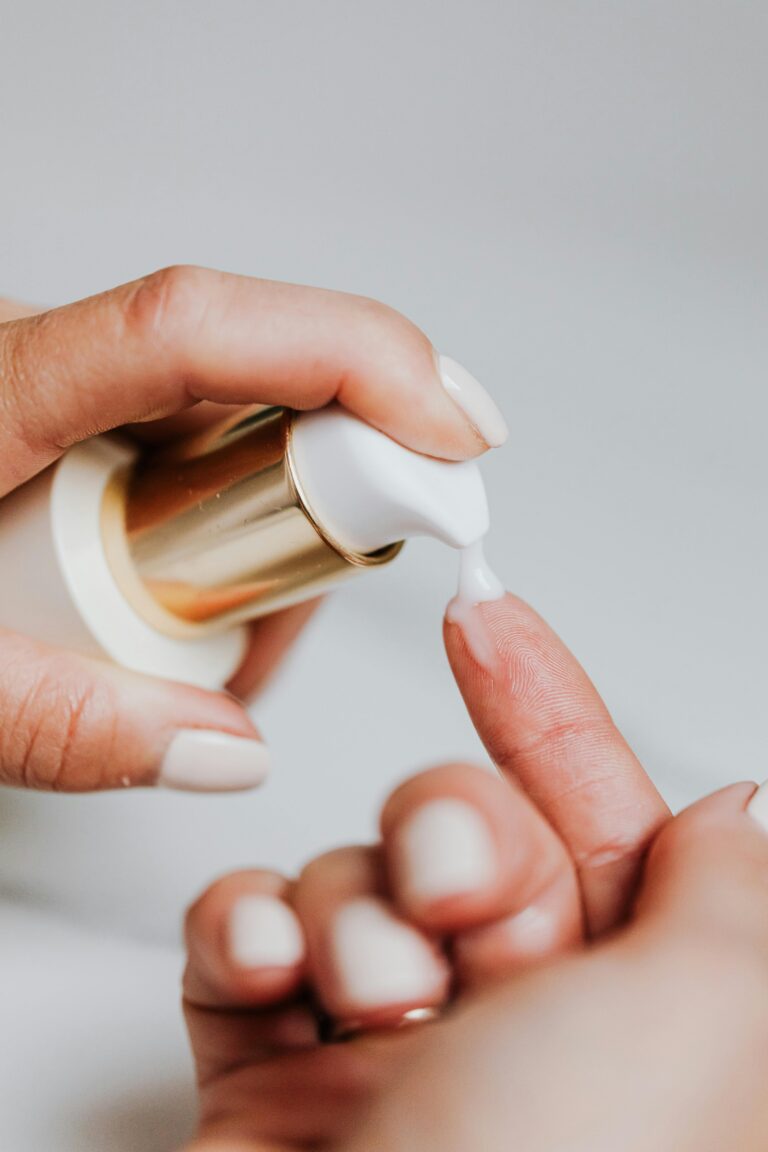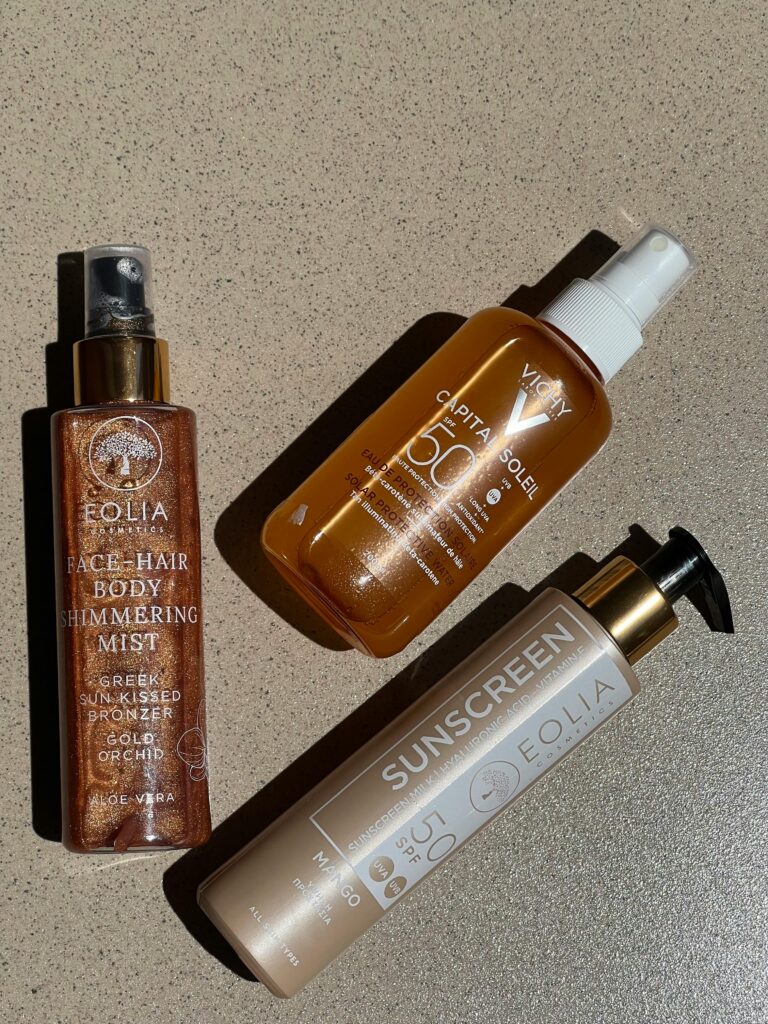Are At-Home Gel Nail Polish Kits Toxic? 3 Ingredients to Avoid
Your gel nail kit that you bought on Amazon for $16.99? It might be exposing you to high levels of toxic chemicals. While nail products are regulated by the FDA, nail product manufacturers are responsible for ensuring their products are safe for consumers. That means that the FDA doesn’t review every product before it hits the shelves – the FDA simply expects companies to adhere to the acceptable chemical limits they set.
Due to this lack of strict oversight, products may contain higher levels of these chemicals, making your at-home nail kit a potential hazard to your health. In this post, I’m going to break down what you need to know about the chemicals in your nail kits and how you can make sure your gel nail polish isn’t sabotaging your health.
What Toxins Do You Need to Worry About?
HEMA
Has been banned in the EU since 2021. Typically used to create the shiny and durable finish on nails.
Classified as a “hapten’, it can easily penetrate the skin’s barrier causing rashes, irritation, blisters, and allergies. Difficult to remove and requires drilling and acetone removal, which can cause nail damage.
Di-HEMA TMHDC
Has been banned in the EU since 2021 and is made from HEMA.
Also classified as a ‘hapten’ and is difficult to remove, often resulting in nail damage.
Toluene
Considered a Volatile Organic Compound (VOC) that contributes to air pollution and contributes to smog, which can result in lung damage in humans.
Ingredient commonly found in glues, paint thinners, and nail polish.
HEMA, Di-HEMA TMHDC, and Toluene are considered the three most harmful ingredients in nail polish, but there are plenty of others. The Manicurist highlights several other ingredients to watch out for:
- Methacrylate Polymers | Can cause skin irritation, allergies, neurological problems (headaches and fatigue), and respiratory issues
- Dibutyl Phalate | Has been shown to cause fetal abnormalities and negative reproductive effects in animal studies
- Ethyl Tosylamide | May cause skin irritations, but has antibiotic properties that raises concern over antibiotic resistance
- Formaldehyde | Highly toxic with long term exposure linked to increased risk of certain cancers and respiratory problems
- Triphenyl Phosphate (TPhP) | Flame retardant known to cause nerve damage, developmental and reproductive toxicity, liver and kidney damage, and an increased risk for certain cancers
- Styrene | Considered toxic with long-term exposure and suspected as a carcinogen to humans
- Hydroquinone | Considered toxic with long-term exposure and may cause skin irritation, discoloration. May have a correlation to increased risk to skin cancer, though more research is needed
- Phthalates | Considered detrimental to human health by the National Institutes of Health
- Camphor | A toxic compound, especially when absorbed through broken skin
- Xylene | Causes irritation to the eyes, skin, and respiratory tract when exposed for long durations of time or inhaled, according to the CDC
- Benzophenone | Considered toxic and is classified as a potential carcinogen
What Nail Polish Brands Don’t Contain Toxins?
If you’re looking for a safer alternative, you can look for brands that are labeled “10-free” or “5-free” – meaning they avoid the most harmful chemicals. Some standouts include brands like Zoya, Deborah Lippman, ella + mia, Jin Soon, and Habit, which are all considered to be cleaner nail polish brands.
What’s Your Exposure Risk?
Don’t want to give up your nail kit? You don’t necessarily need to. Something important to understand is that while these ingredients can be toxic, the FDA allows them to be in cosmetics below a certain level. Labelling these ingredients as highly toxic without the proper explanation is a gross simplification of how toxicity is determined. The people most at risk from these ingredients are those who have prolonged exposure – your nail technicians.
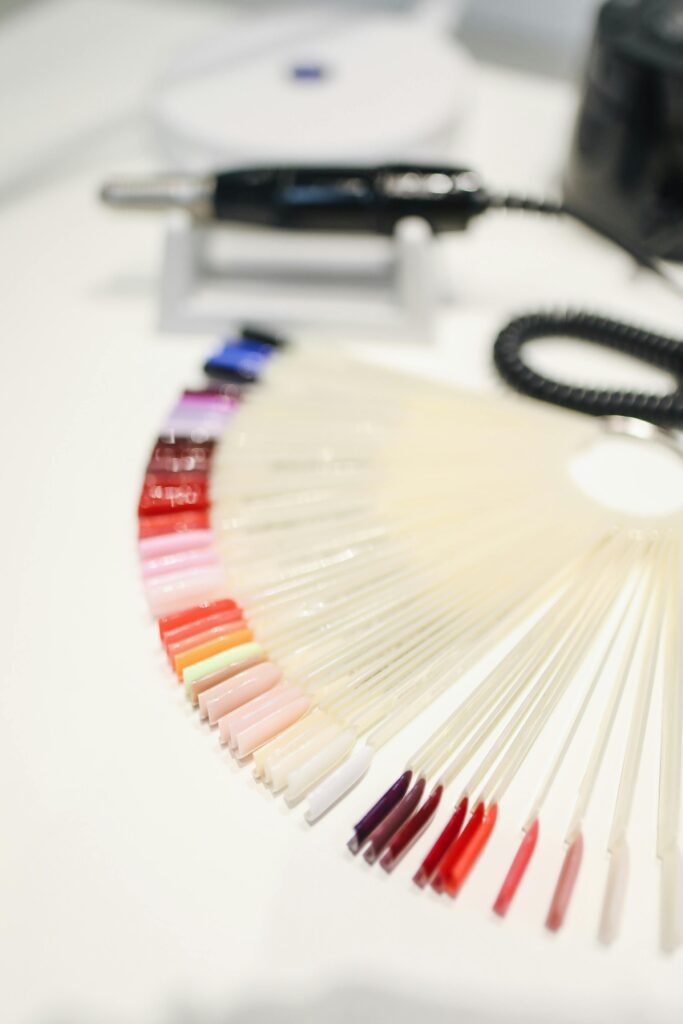
Over the years, more nail salons are taking precautions to minimize the risk to nail technicians, but prolonged exposure can negatively impact health despite best efforts to minimize exposure.
What Influencers Don’t Tell You About Toxins in Gel Nail Polish
It’s pretty common to see videos on Youtube, Instagram, or TikTok from influencers citing medical studies that talk about the adverse effects of these toxic ingredients. These creators may not be outright lying, but they often cherry-pick data or misunderstand the science behind it.
These videos are highly effective because they show you the study and sound educated. But using one isolated study is not an effective determinant of whether an ingredient is toxic. While I am not a chemist and don’t claim to fully understand how each of these chemicals interact with one another and at what levels are proven to be toxic, I come from a research background and know that reading one study without context is like reading one Google review and declaring a restaurant unsafe.
On a separate note, if you do want a clinical breakdown from a chemist, Michelle Wong (who is an actual chemist) does fantastic in-depth breakdowns on her blog that you can check out.
So, next time you see a video on social media claiming that something is harmful (or extremely beneficial), it’s important to look at who is doing the reporting and what study they are referencing. Research doesn’t mean much if the methodology is flawed, sample size is small, or the source is biased.
Final Thoughts
Doing your nails at home is a great way to save yourself time and money, however, it’s important to be aware of the potential health risks that come with prolonged exposure so that you can choose the right nail kits and take the proper precautions to limit your exposure. Bottom line: your gel nail kit isn’t poisoning you. But being informed helps you choose safer products and protect the people doing your nails day in and day out.
Do you use an at-home nail polish kit? Let me know in the comments how you maintain a clean manicure routine!

